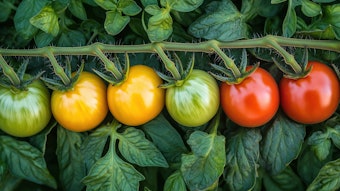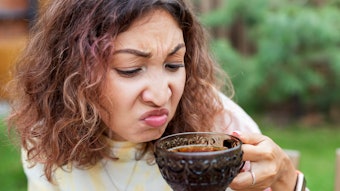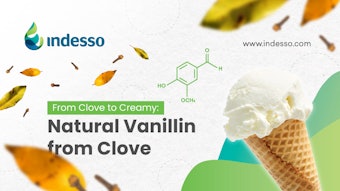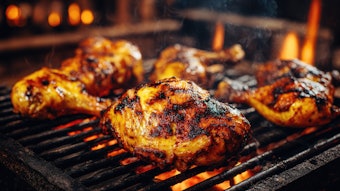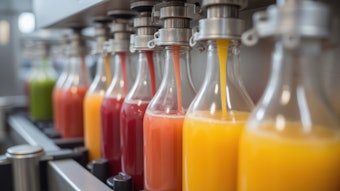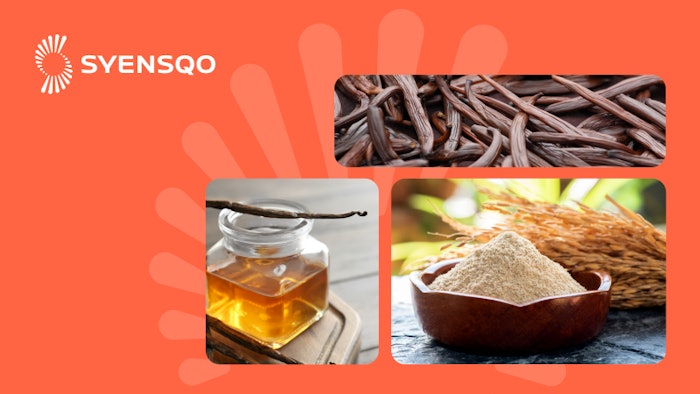
Vanilla is one of the most appreciated flavors in the world. However, the huge demand for vanilla in sweet flavors cannot be met by the limited amount of cultivated vanilla beans. Vanillin is the main organoleptic characteristic aroma component, naturally occurring in cured vanilla beans, and represents between 1 and 2% of the dry matter. To satisfy the increasing global demand for this highly favored flavor used in a large panel of F&B applications, ingredient suppliers have developed several types of vanillin which can be synthetic, and more recently also natural, to meet the increasing market demand for natural products.
Regulations on natural flavoring substances
Vanilla has historically been open to adulteration due to market price and quality variability, and natural vanillin is no exception. Therefore, EU, US, and TTB regulations play a key role in protecting consumers from fraudulent products.
In Europe, according to European Regulation EC 1334/2008, for a flavoring substance to be labeled ‘natural’, three strict conditions must all be met:
● The flavoring substance is naturally present in nature
● The raw material is natural
● The process is natural according to EC 1334/2008
In the US, according to US Regulation (FDA) 21CFR101.22, two conditions must be fulfilled:
● The raw material is natural
● The process is natural according to (FDA) 21CFR101.22
The TTB (Alcohol and Tobacco Tax and Trade Bureau) recognizes some specific processes that allow vanillin to obtain natural status in beverages. In fact, ex-ferulic vanillin made by bioconversion has been determined to be a natural process resulting in a natural product.
Different Natural Vanillin Sources
The vanillins available on the market are mainly derived from guaiacol, lignin, turmeric, eugenol, ferulic acid, and glucose. However, not all these vanillins have the same labeling status. Some are considered synthetic vanillin, while others are EU natural compliant, and some may meet US natural compliance only. It is therefore important to have the best methods available to analyze and differentiate natural vanillins.
Authentication methods to provide Transparency
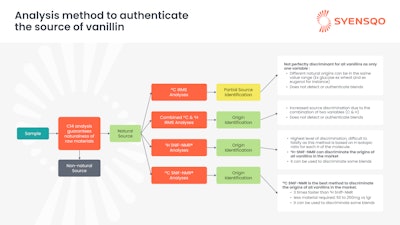
Authentication methods are essential to guarantee full transparency for consumers, as they serve to distinguish natural from synthetic vanillin. Advanced analytical methods have been developed to discriminate botanical origins and can be used to check compliance with regulations for naturalness. Botanical origins of natural vanillin can be categorized using isotopic differentiation methods such as 13C EA-IRMS and 2H SNIF-NMR®, ensuring full traceability and guaranteeing its botanical origin. For instance, this methodology can confirm that vanillin ex-ferulic acid comes from rice and ex-eugenol from cloves.
The key role of process in natural flavoring regulations
While these analyses enable the discrimination of all pure vanillin origins, they cannot differentiate between all blends, and do not give any indication as to the process used to obtain the vanillins. This is a limitation, as the process is a key point for flavor regulation, and particularly what differentiates EU natural vanillin compliance from US natural vanillin.
For example, a vanillin from a fermentation process is not automatically synonymous with EU Natural Flavoring compliance, as some other steps may exist that can impact the natural status.
Syensqo’s natural vanillin, Rhovanil® Natural, is derived from the fermentation of ferulic acid, and is thus fully compliant with EU, US & TTB Natural flavoring substance regulations.
Therefore, the use of authentication technology is critical to ensure consistent sustainable positioning of brands. However, methods for identifying vanillin rely on discovering the source, while to fully ensure brand image transparency, it is also necessary to verify that the industrial process complies with EU natural flavoring regulations. This means that Food, Flavor & Beverage companies should also check best practices such as on-site audits, raw material flow charts, traceability, transparency, to ensure their chosen natural vanillin fully complies with labeling regulations.
Authors:
- Sandrine Bodin, Syensqo Technical service manager
- Caroline Calin, Syensqo Technical marketing manager
- Maud Joassard, Syensqo Marketing manager
Disclaimer:
The above paid-for content was produced by and posted on behalf of the Sponsor. Content provided is generated solely by the Sponsor or its affiliates, and it is the Sponsor’s responsibility for the accuracy, completeness and validity of all information included. Perfumer & Flavorist takes steps to ensure that you will not confuse sponsored content with content produced by Perfumer & Flavorist and governed by its editorial policy.




